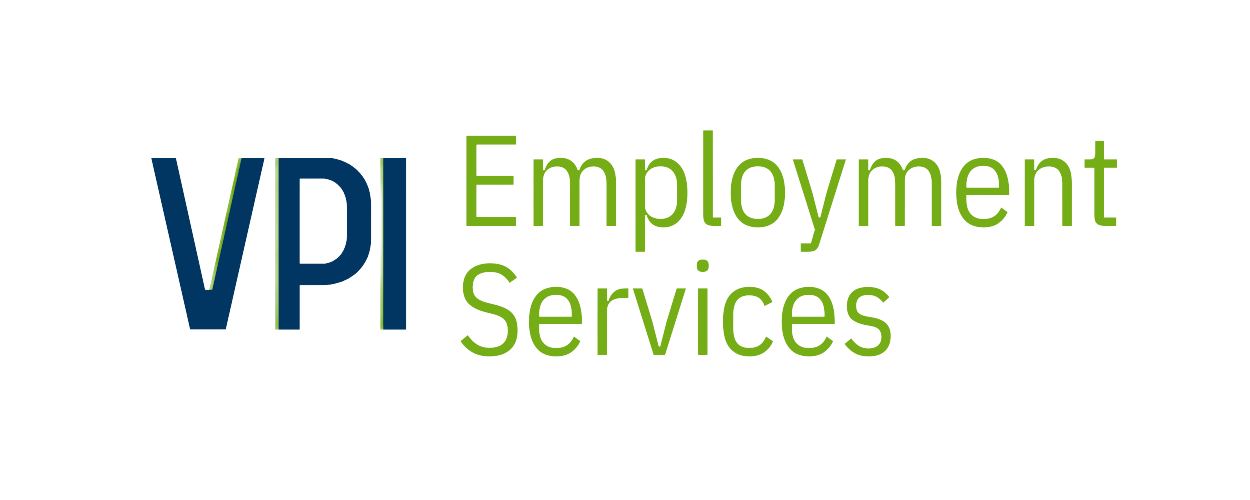Your job interview is going well.
You’ve described your background and you’ve highlighted your key strengths. You’ve got a good feeling about your interview – so far.
The harder questions have yet to be asked and so, you try to mentally prepare yourself for what is coming next – the behavioural interview questions.
What is a Behavioural Interview Question?
These types of interview questions allow hiring managers to analyze how you handled certain scenarios in the past, and what skills you used to fix a problem or provide a solution.
For most job seekers these are the toughest questions to answer. So, how do you know you have encountered a behavioural interview question? These questions usually start with the following words:
- “Tell me about a time when…”
- “Describe a situation where…”
- “Have you ever encountered…”
- “Give me an example of…”
Having the right response to a behavioural interview question might be tricky but this is where the STAR Method can help.
What is the STAR Method?
When you are faced with tough questions such as “describe a situation where…”, your mind may shut down – leading to more “um’s” and “uh’s” as you try to gather a proper response.
In addition to “uh’s” and “um’s”, you may also find yourself saying the first things that come to mind. This immediate response can lead to your answers becoming extremely complex and even difficult to follow. Or worse, it may lead to a response that does not answer the initial question at all.
These are instances where the STAR Method can be a reliable tool to help you answer those tough questions during your interview.
STAR is an acronym for Situation, Task, Action and Result. It is a technique used to help job seekers answer behavioural questions with ease by following a storyline format – beginning, middle and end.
Here is a breakdown of the STAR Method and how to apply it.
The STAR Method
Finally, the moment that has filled you with nerves arrives. The hiring manager asks you the following behavioural interview question, “Tell me about a time where you under a lot of pressure, what did you do to succeed?”.
Situation
This is where you start painting a picture for the hiring manager. First, describe where your story begins and explain how the problem, obstacle or challenge unfolded.
“At my last job, my team and I were tasked to complete our largest project to date – it was for a potential client but the project itself had an unrealistic timeline. Being a new team, we had only done a few projects together and so we knew that this new assignment was going to present some challenges.”
Task
Next, elaborate your responsibility and how you relate to the scenario. Clarify your role in your story and how you were in a position to fix the problem at-hand.
“As the Project Lead, it was my duty to ensure that the project deliverables were met and that each member was working effectively to complete their parts in the project. As the deadline approached, conflict arose amongst my team – there was miscommunication, blame and anger that was distracting us from completing the project”
Action
After explaining your involvement/ role in the scenario, describe the actions you took to fix the problem. This is where you highlight your key strengths and skills and how you used them to overcome the challenges/ obstacles that you faced.
“I held a meeting and tried to understand the root cause of the problem. The deadline was fast approaching, and I knew I had to get my team back on track. During our next meeting I made sure to refocus the team on the key issues we were having without assigning any blame and deescalating conflict that came up.”
Result
To conclude your story, share the result of your actions – what happened after you took steps to solve the problem?
Ask yourself, “how did you help the company reach or exceed a goal?” or “did you end up getting a promotion due to your actions?” to help you finish your story and wrap up the STAR Method.
“By using my leadership and empathy skills, I was able to motivate my team and help reset the team’s focus on the project. Working together, we managed to finish the project before the deadline. Through our efforts, the client was satisfied with the proposal, and we were able to secure the big contract.”
STAR Method Tips
It’s difficult to come up with the right response to a behavioural interview question, especially if you are caught off guard. Even though you may not know exactly what questions are going to be asked in your interview – you can always prepare for them .
To prepare for any interview question, you need to fully understand the job posting and its description first. Take note of key skillsets and experience that the company is looking for and have answers ready for them if they ever come up as a question.
For example, the job posting may say that candidates need “exceptional organizational skills” and “works excellent on a team”. From these two details, you may be able to predict and prepare for an interview question along the lines of “tell me about a time where you worked on a project and nearly failed”. In your response, you can tell your STAR story of how you used your excellent “organizational skills” and “teamwork abilities” to overcome the challenges you faced on the project, recovering from near failure, and becoming successful.
Preparing responses to potential interview questions allows you to have a better chance of answering them with confidence, rather than being caught off-guard or worse, not having the right answer at all.
Trying to prepare for your interview? Contact us today and find out how we can help you with mock interview practice.

